Have you ever touched your headlights after a long drive and wondered why they're so hot? Then you're in the right place. Headlights play a vital role in safe driving, and understanding their inner workings is essential.
We'll explore the science of heated headlights, the different types of bulbs, and what makes them hot. Our post will also cover headlights that melt snow and if LEDs melt the plastic.
The Science Behind Heated Headlights: LED, HID, and Halogen
All headlights generate heat, but the amount varies depending on the light bulbs used. The three primary types of headlight bulbs are LED (Light Emitting Diode), HID (High-Intensity Discharge), and halogen. Each type produces heat differently but relies on converting electrical energy into light.
LED Headlights
LED headlights are known for their energy efficiency and long lifespan. They produce light through electroluminescence. This is a process where an electrical current passes through a semiconductor material, causing it to emit light.
While LEDs generate less heat than other types of headlights, they still produce some heat due to the energy conversion process. LED headlights typically have heat sinks or cooling fans to dissipate the heat, ensuring they operate at optimal temperatures.
HID Headlights
HID headlights use xenon gas and electrical arcs to produce a bright, white light. An electrical current passing through the xenon gas creates an intense light-producing arc. This process generates significant heat, so HID headlights require a ballast to regulate the voltage and prevent overheating.
Halogen Headlights
Halogen headlights contain a tungsten filament and a small amount of halogen gas. When an electrical current passes through the filament, it heats up and emits light. This process generates the most heat among the three headlight types. This makes halogen light bulbs less energy efficient than LEDs and HIDs.
Comparing LED, HID, and Halogen Headlights: Pros and Cons
Here are the pros and cons of LED, HID, and halogen headlights so you can make an informed decision:
|
Headlight Type |
Pros |
Cons |
|
LED Headlights |
Energy-efficient, Longer lifespan, Lower heat output, Instant-on performance |
Higher initial cost, Can be challenging to retrofit in older vehicles |
|
HID Headlights |
Bright, white light output, Greater visibility, Can melt snow and ice |
Higher initial cost, Requires a ballast for voltage regulation, May cause glare for oncoming drivers |
|
Halogen Headlights |
Affordable, Simple installation, Can melt snow and ice |
Lower energy efficiency, Shorter lifespan, Higher heat output |
Headlights That Can Melt Snow: A Winter Solution
Headlights that melt snow and ice can be valuable for those in colder climates in winter. Halogen and HID headlights generate enough heat to melt snow and ice, ensuring that your headlights remain clear and functional. Although LED headlights produce less heat, some high-performance LED bulbs can generate sufficient heat to melt snow and ice. Choosing the right type of headlight for your specific needs and climate is essential.
Can LED Headlights Melt Plastic?
Given the lower heat output of LED headlights, many drivers wonder if they can melt plastic components in their vehicles. While it's true that LEDs produce less heat than halogen or HID bulbs, they still generate some heat. However, this heat is typically not enough to cause damage to plastic components.
The LED bulbs that create the most heat are still not hot enough to damage anything in/on/around the headlight housing. High-quality LED headlights are designed with heat sinks or cooling fans to dissipate heat effectively. This helps reduce the risk of melting plastic.
3 Harmful Effects of Headlight Heat
Excessive heat from headlights can lead to several issues, including:
Reduced lifespan: High temperatures can shorten the life of your headlight bulbs, especially for halogen and HID bulbs.
Damaged components: Excessive heat can cause damage to surrounding components, such as plastic housings or wiring.
Decreased performance: Overheating can negatively impact the performance of your headlights, leading to dimming or flickering.
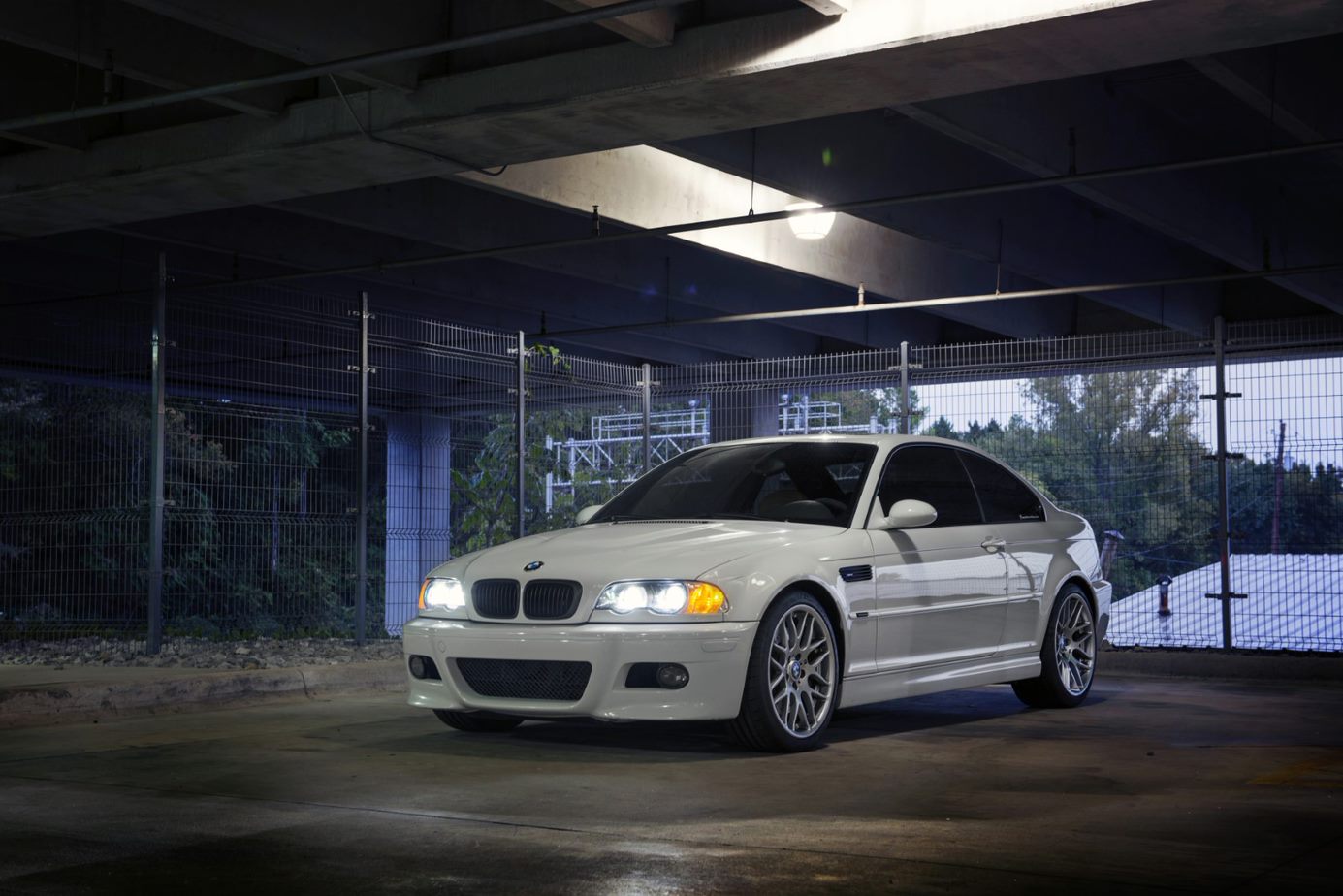
5 Tips for Maintaining Your Headlights and Keeping Them Cool
Regardless of your headlight type, proper maintenance and care are crucial. Maintaining your headlights correctly ensures they remain cool and functional.
Here are some tips for maintaining your headlights:
Regularly inspect your headlights: Check for any signs of damage, such as cracks or chips. Damaged headlights may allow moisture to enter, leading to decreased performance and possible overheating.
Clean your headlights often: Remove dirt, grime, and insect residue. Dirty headlights can reduce light output and cause the bulbs to work harder, generating more heat.
Ensure your vehicle's cooling system is functioning correctly: Overheating issues in the engine can affect other components, including the headlights.
Pay attention to flickering or dimming headlights: Check the electrical connections for any signs of corrosion or loose connections. Poor electrical connections can cause your headlights to overheat.
Ensure the heat sinks or cooling fans are clean and debris-free: If you have LED or HID headlights, make sure they are clean. A dirty or obstructed heat sink can lead to overheating and reduced performance.
By following these tips and understanding the causes of hot headlights, you can ensure the longevity and performance of your headlights. Remember to consider your specific needs and climate when choosing the right type of headlight for your vehicle.


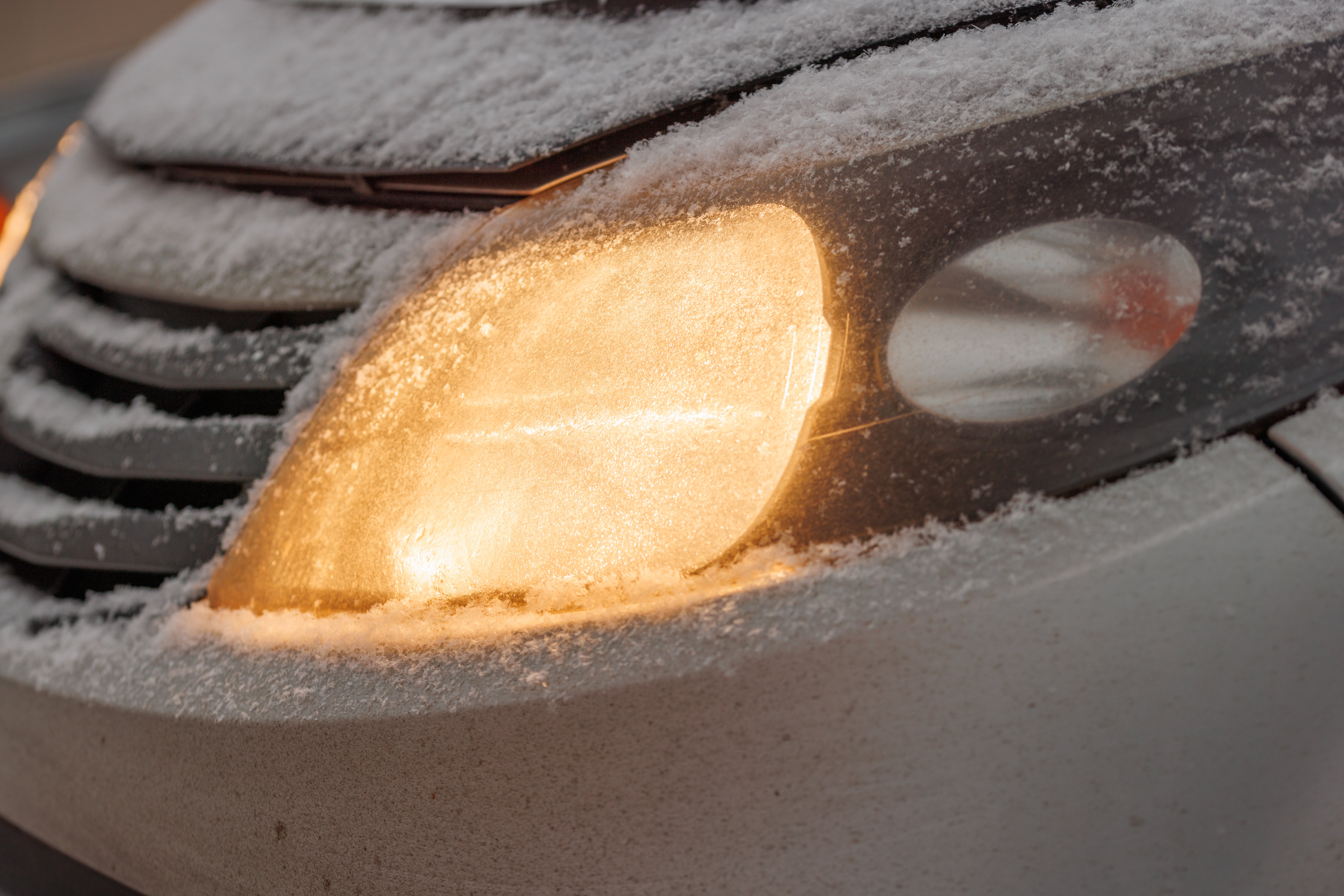


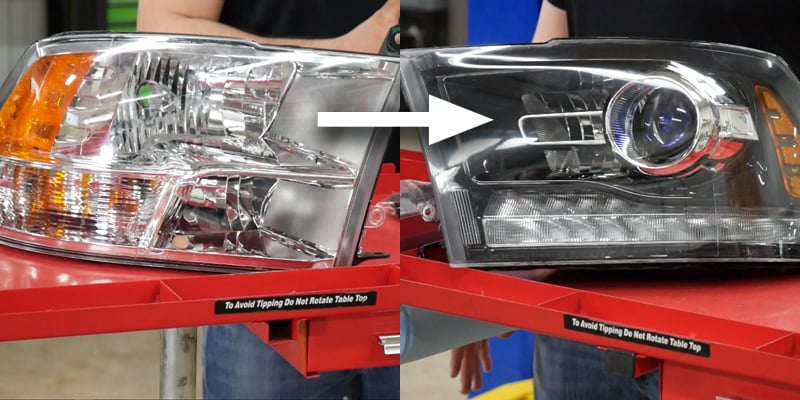
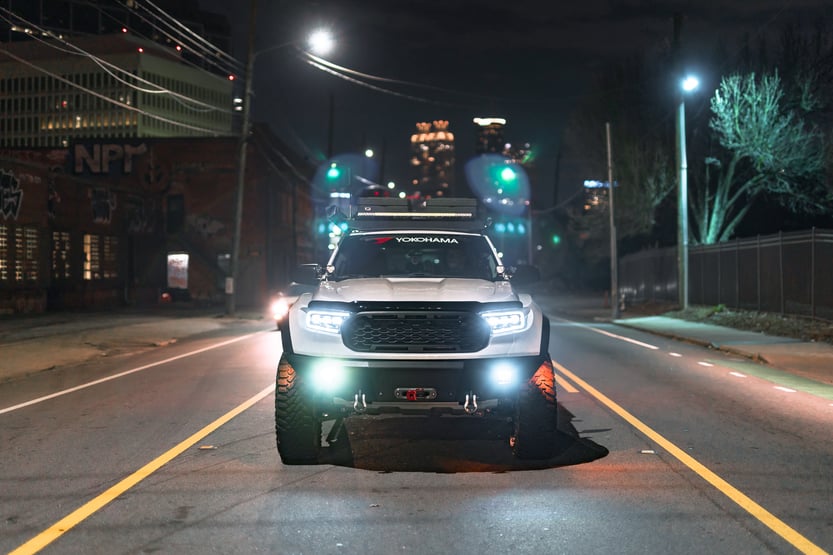

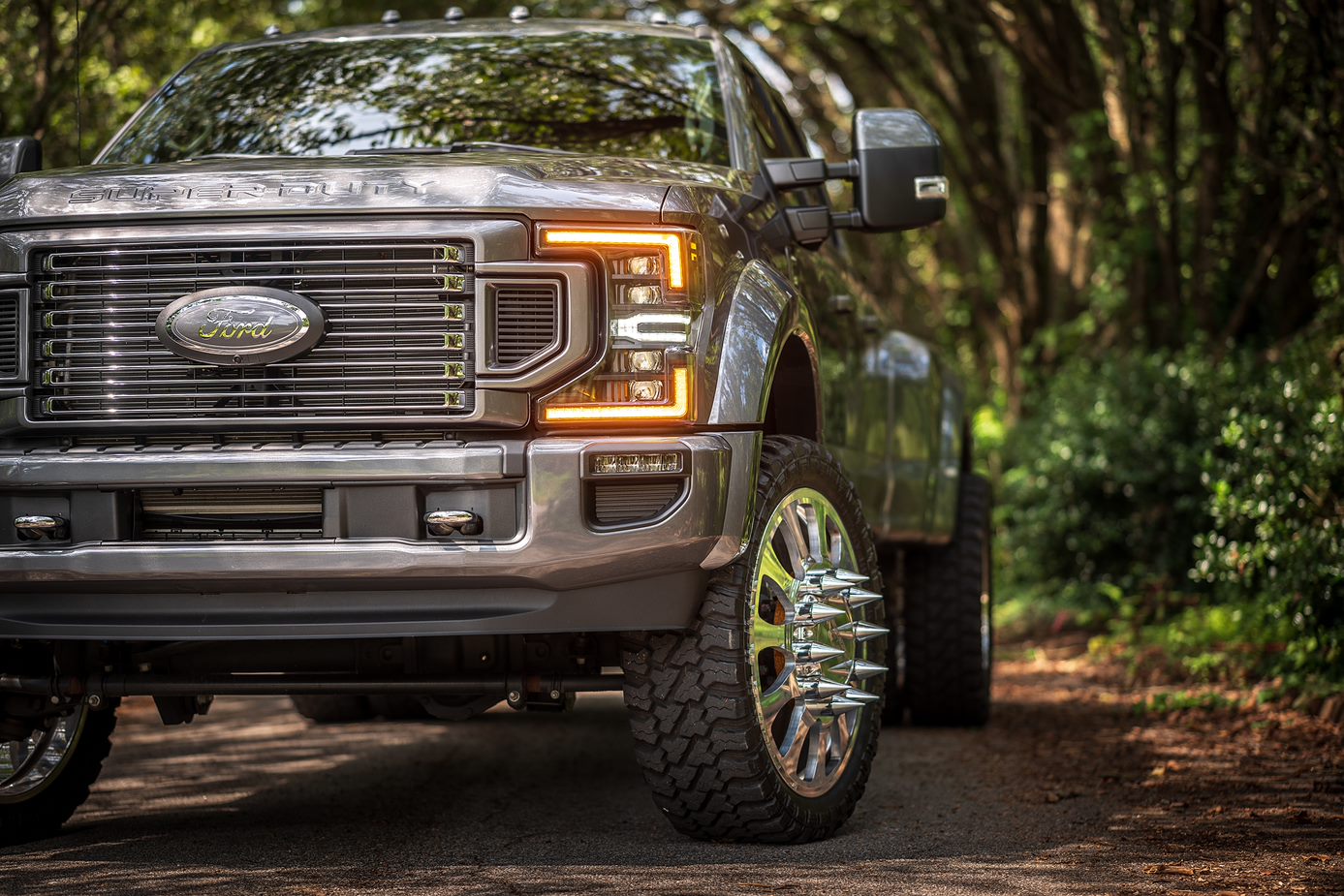
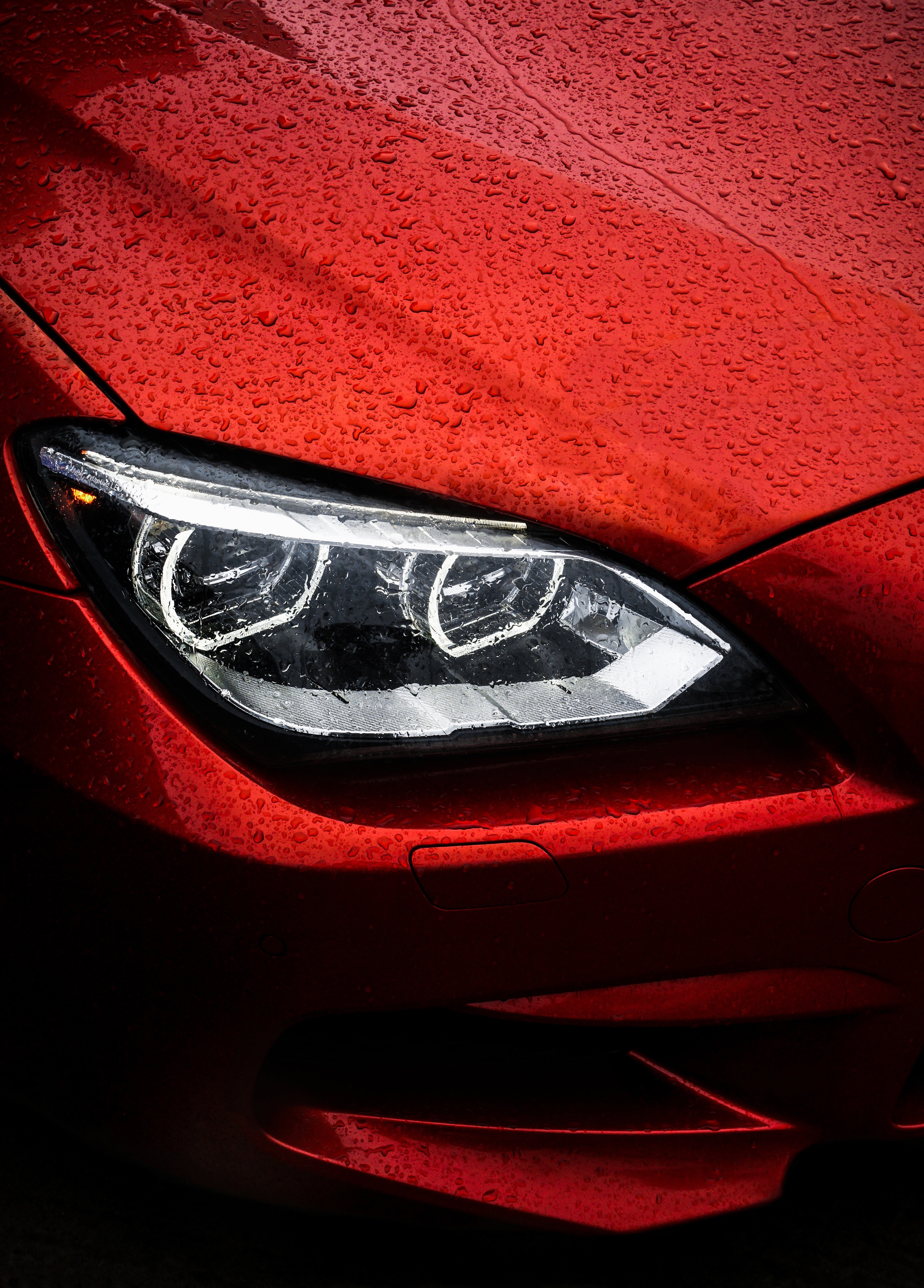
.png?width=300&height=87&name=logo%20(1).png)